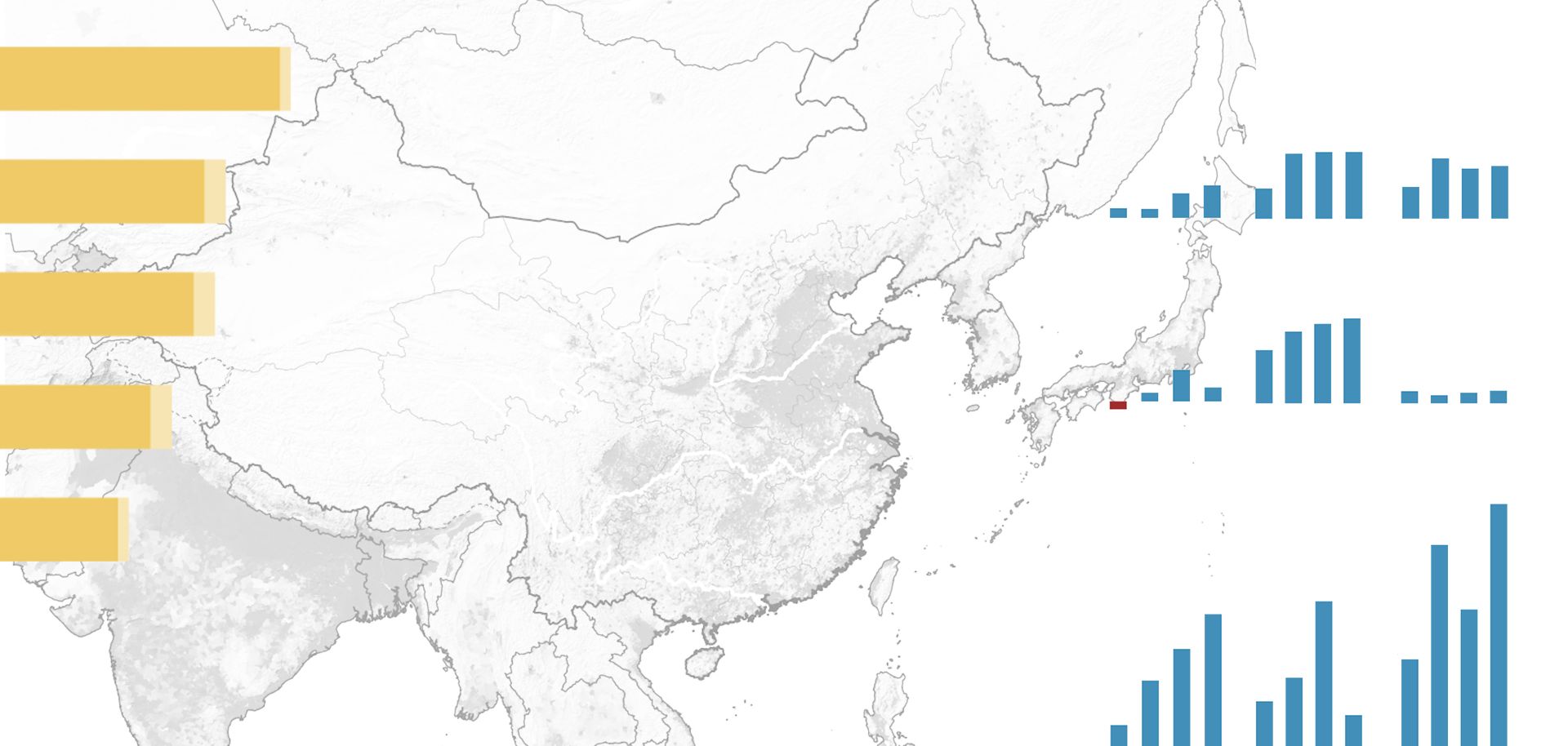
In recent weeks, China's housing sector started showing signs of recovery after more than a year of nationwide declines in home prices, home sales and real estate-related investment. The short-term gains in home prices and sales, however, should not be mistaken for a recovery of either the housing market or the national economy.
In April, home prices rose month-on-month in 23 Chinese cities, up from 21 cities in March and February. One city, the southern coastal commercial hub Shenzhen, experienced year-on-year price gains. These improvements over previous months, though moderate, support mounting speculation that home prices in first-tier and major second-tier cities will rise slightly over the next year, even if prices in smaller cities continue to slide.
But, despite the positive signs in the housing sector, China is not out of hot water yet. An increase in home prices and sales in the coming months will be restricted to a handful of the 70 cities for which China publishes monthly data. These 70 cities, in turn, are just a fraction of the hundreds of cities and townships across China that have experienced rapid real estate development in the past six to eight years. And with most being either major first- and second-tier cities or provincial capitals, it is safe to say that these 70 cities represent the healthier property markets nationwide. In short, whatever the headlines may say in the coming months, China's property markets, especially in the interior and the inland regions of coastal provinces, are likely to be far less positive.
The overall economy is also slow. In the first three months of 2015, rail freight transport volumes fell 9 percent year-on-year. Power demand — often used as a proxy for China's true economic growth rate — rose just 1.3 percent year-on-year in April. While an improvement from a 2.2 percent decline in electricity consumption in March, the modest increase is certainly far from sufficient for an economy that still aims to grow nearly 7 percent this year, according to government projections. A minor recovery in home prices and sales cannot reverse this slowdown.
The Chinese government has pledged 800 billion yuan in investment into railway construction in 2015, on par with 2014 investment volumes. It is also expanding investment into nuclear power development and power generation and transmission infrastructure. Expanding investment will help offset the economic and employment effects of weak private sector and local investment into construction activity in many regions. Likewise, Beijing will continue with efforts to expand private sector access to government-backed credit, especially for small, medium-sized and micro-businesses. These efforts should keep growth in more heavily urbanized coastal provinces stable, but they will not be enough to eliminate the issues altogether. For most Chinese citizens, 2015-2016 and perhaps beyond will be a time of belt-tightening and increasingly scarce full-time employment. It will be an unfavorable environment for the kinds of political and structural economic reforms China's leaders have in mind.



